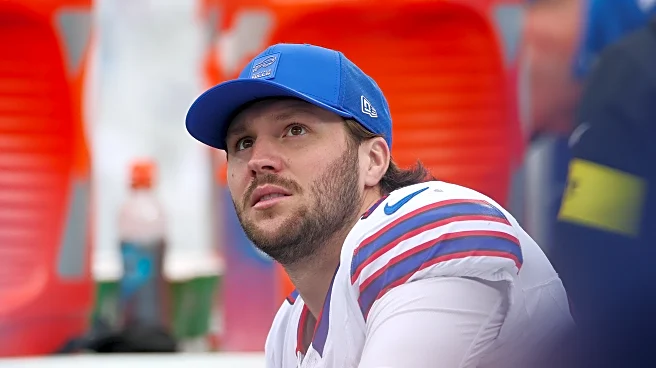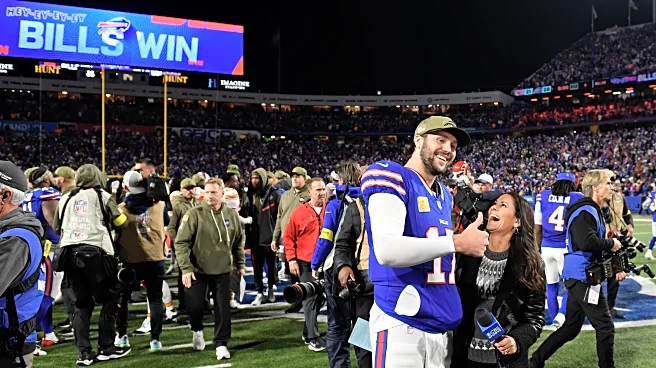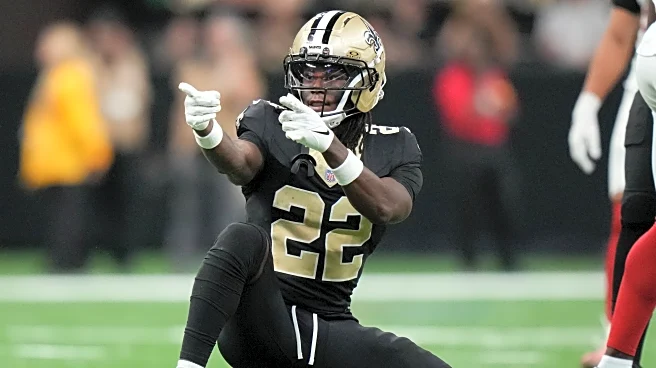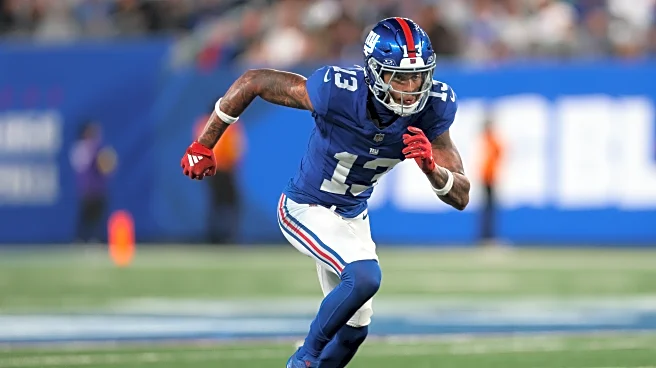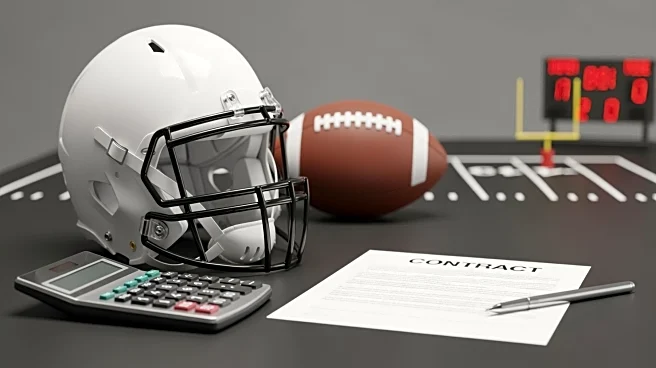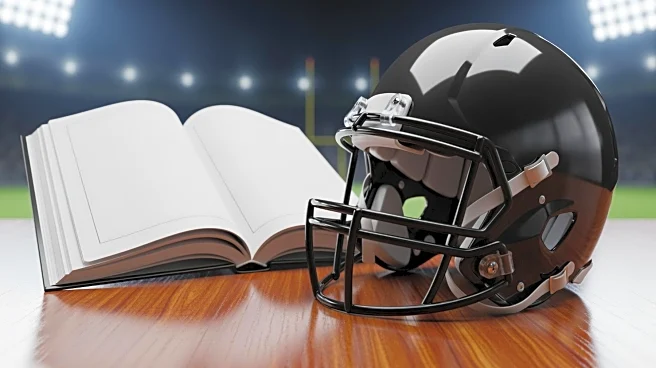For the Buffalo Bills in 2025, it’s season of an NFL trade deadline that wasn’t. The more one dives into Why it’s okay Buffalo stayed put
Going into the season many fans were upset at the lack of additional resources poured into Buffalo’s wide receiver core, and through eight games those fans seem justified. The team’s leading receiver in yards and touchdowns is tight end Dalton Kincaid, and he’s currently on pace for 998 yards having not played in all eight of the team’s games.
Some fans were also
miffed that the team was reluctant to upgrade the safety room beyond Taylor Rapp, Cole Bishop, and Damar Hamlin. Some of those complaints have merit, but Bishop has finally taken a step forward. Still, the depth at safety is lacking.
So, why is it okay that the Bills didn’t make trade-deadline moves to rectify these issues? For better or worse, One Bills Drive already made their bed in 2025 season. Buffalo would simply be chasing losses if they gave up more resources to plug holes (in short term ways).
The Bills are in WR purgatory
Wide receiver Rashid Shaheed was the favorite target for Bills Mafia, and would have made a lot of sense to land him in a trade. He’s a downfield burner who can create the deep passing opportunities Buffalo has lacked on offense. The Seattle Seahawks landed him for 2026 fourth- and fifth-round picks, reuniting Shaheed with his former offensive coordinator in Klint Kubiak. The price point made Shaheed feel very attainable and this is the one player Buffalo could have spent on with no complaints from the fan base, even if it failed. Still, I understand why general manager Brandon Beane didn’t.
Beane isn’t falling on his sword per se, but he isn’t chasing his losses despite wide receivers Curtis Samuel and Josh Palmer having largely disappointed with consistency as the speed receivers Buffalo hoped they’d be when signed. Samuel can be released next offseason in a way that would save Buffalo $8 million, but Palmer can’t realistically be cut until 2027. Wide receiver Khalil Shakir was extended this offseason and will start making serious money in 2027, and Keon Coleman was the 33rd pick just a year ago.
All that to say Beane did allocate his resources towards a wide receivers room, he just swung and missed more than he hit. Shaheed goes to a Seahawks team that doesn’t need him. Instead, he will be valuable in a complementary role to stud WR1 Jaxon Smith-Njigba.
The Bills would have asked Shaheed to be the team’s top outside receiver, a true WR1, and would short-change their draft capital in 2026. Shaheed will also be a free agent next offseason, so Buffalo still may have a chance next spring to sign him without giving up draft picks. In 2025, Shaheed gets to work in a system he’s familiar with in Kubiak, versus learning a new one midseason with offensive coordinator Joe Brady. Suddenly, it begins to make sense why they were not as all-in on the speedy wideout as the fan base hoped.
Buffalo had limited options to entice a trade in 2025
Buffalo’s draft capital is tight and so is their cap space (29th this year 27th going into 2026 with more options). They have just their own picks in the first five rounds of 2026 and then two seventh-round selections from the Dallas Cowboys and New York Jets. That meant they were most likely to take a huge swing via trade or doing nothing. Those huge swings this trade deadline involved a division rival (Jets) who made players available at positions that weren’t a desperate need for the Bills.
The Indianapolis Colts didn’t just make that huge splash for cornerback Sauce Gardner because they want to win a Super Bowl this year, but because his contract goes until 2030 and he fills a positional need long term. Buffalo didn’t have many options in that same boat. Gardner was the only notable cornerback to be moved and Kyle Duggar the only safety to be traded in 2025 (also from a division rival).
Elsewhere, defensive linemen Jeffery Simmons, Myles Garret, and Maxx Crosby all would have been unattainable without a huge payment. The Bills had already spent money on their front seven and weren’t going to double down due to unfortunate injuries to defensive end Michael Hoecht and defensive tackle Ed Oliver (who both were paid long-term contracts in 2025).
The path to a trade that would have:
1. Been cost effective for Buffalo this year and going forward;
2. Made the Bills better than they already are;
Did not exist outside of Rashid Shaheed. Wide receiver Jaylen Waddle was yet another player on a division rival who would have been excellent, but the Miami Dolphins’ demands were apparently too expensive for interested suitors (a first and then some). Every other person traded made no sense for Buffalo to pursue.
Certainly, it’s not great that the Bills are hamstrung by limited cap space and draft picks such that they couldn’t add depth at the deadline. But, being realistic, Buffalo decided to give this (still Super Bowl-contending) roster a chance to play out without limiting their future options once the dust settles on 2025.
Buffalo Bills’ 2026 NFL Draft picks, by round



